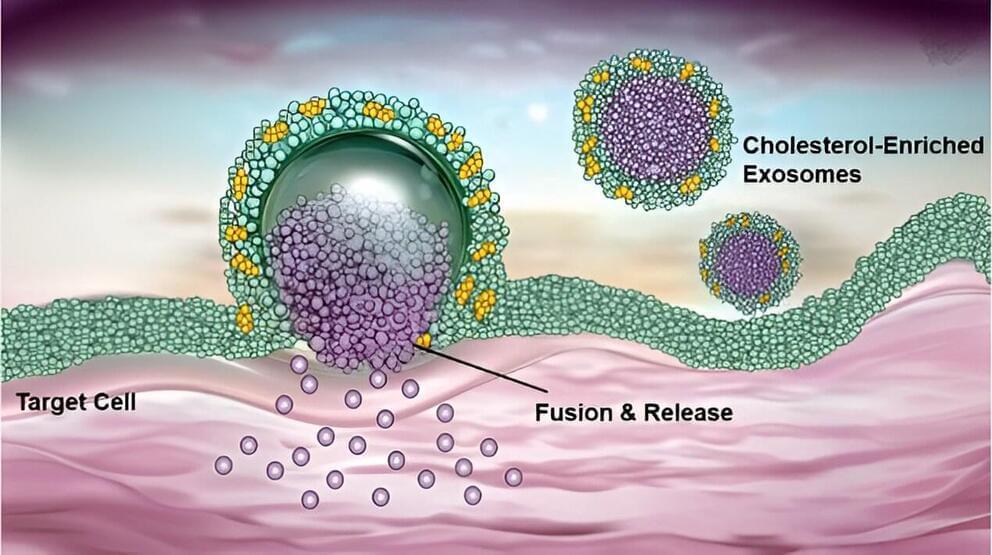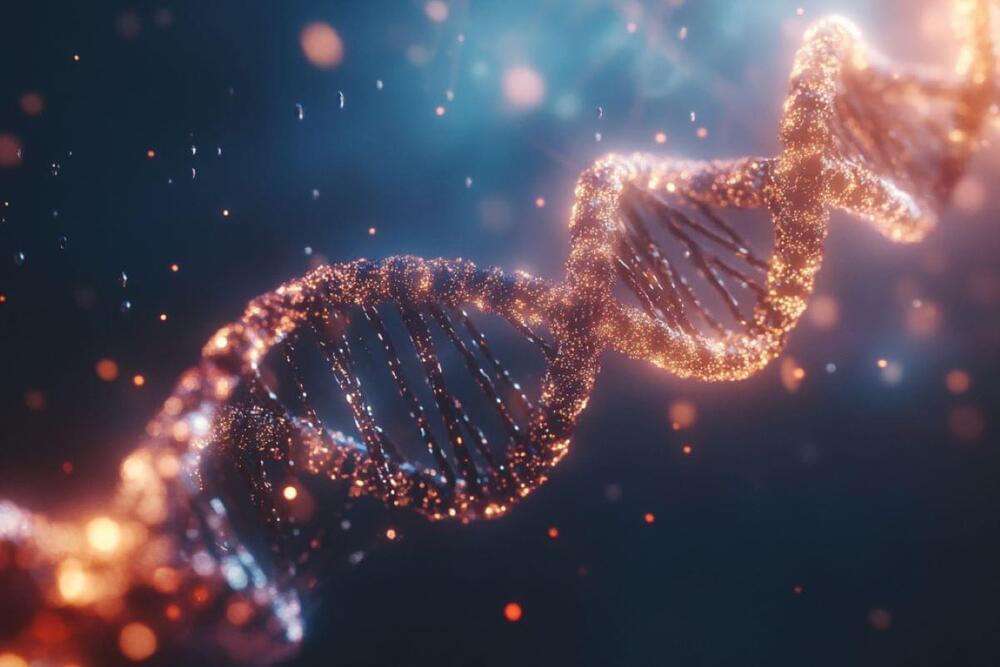A neutron star is the remnant of a massive star (bigger than 10 Suns) that has run out of fuel, collapsed, exploded, and collapsed some more. Its protons and electrons have fused together to create neutrons under the pressure of the collapse. The only thing keeping the neutrons from collapsing further is “neutron degeneracy pressure,” which prevents two neutrons from being in the same place at the same time.
Additionally, the star loses a lot of mass in the process and winds up only about 1.5 times the Sun’s mass. But all that matter has been compressed to an object about 10 miles (16 kilometers) across. A normal star of that mass would be more than 1 million miles (1.6 million km) across.
A tablespoon of the Sun, depending on where you scoop, would weigh about 5 pounds (2 kilograms) — the weight of an old laptop. A tablespoon of neutron star weighs more than 1 billion tons (900 billion kg) — the weight of Mount Everest. So while you could lift a spoonful of Sun, you can’t lift a spoonful of neutron star.








